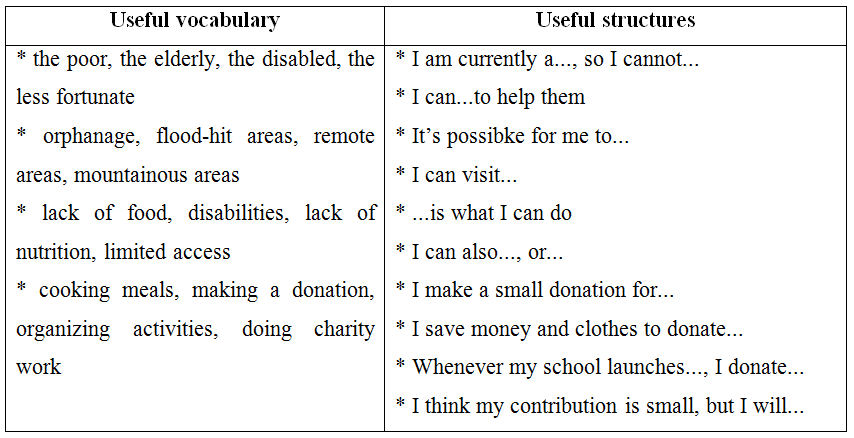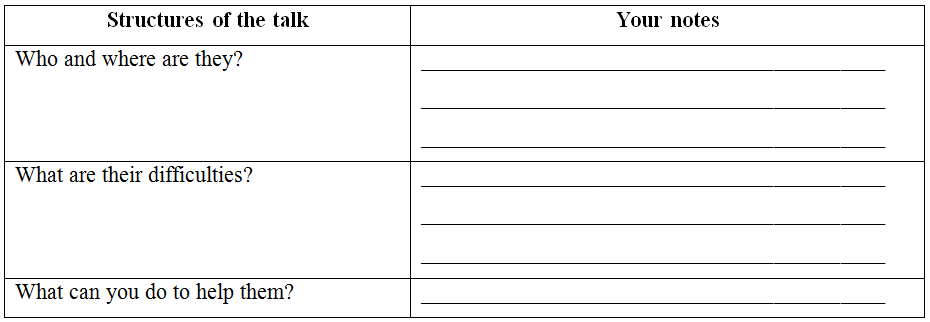While it has long been assumed that giving also leads to greater happiness this has only recently started to be scientifically proven. For example, when participants in a study did five new acts of kindness on one day per week over a six-week period (even if each act was small) they experienced an increase in well-being, compared to control groups.
In another study, participants who were given $5 or $20 to spend on others or donate to charity experienced greater happiness than people given the same amount to spend on themselves. Interestingly the amount of money did not affect the level of happiness generated.
And there is now evidence that this leads to a virtuous circle - happiness makes US give more, and giving makes US happier, which leads to a greater tendency to give and so on. This effect is consistent across different cultures.
It makes sense that helping others contributes to our own happiness. Scientists are reconsidering the idea of the ‘selfish gene’ and are exploring the evolution of altruism, cooperation, compassion and kindness. Human beings are highly social creatures and have evolved as a species living with others.
If people are altruistic, they are more likely to be liked and so build social connections and stronger and more supportive social networks, which leads to increased feelings of happiness and wellbeing. Indeed participating in shared tasks like community service, and other social activities, predicts how satisfied people are even after other factors are taken into account.1. Giving has been scientifically proven to lead to greater happiness.
 Giải bởi Vietjack
Giải bởi Vietjack
Dịch nghĩa toàn bài:
Mặc dù từ lâu người ta đã cho rằng việc cho đi cũng dẫn đến hạnh phúc lớn hơn, điều này chỉ mới bắt đầu được chứng minh một cách khoa học. Ví dụ, khi những người tham gia vào nghiên cứu thực hiện năm hành động tử tế mới vào một ngày mỗi tuần trong khoảng thời gian sáu tuần (ngay cả khi mỗi hành động nhỏ), họ đã trải qua sự gia tăng sức khỏe, so với các nhóm kiểm soát.
Trong một nghiên cứu khác, những người tham gia được cho 5 đô la hoặc 20 đô la để chi tiêu cho người khác hoặc quyên góp cho từ thiện đã trải nghiệm hạnh phúc lớn hơn những người được cho số tiền tương tự để chi tiêu cho mình. Điều thú vị là số tiền không ảnh hưởng đến mức độ hạnh phúc được tạo ra.
Và bây giờ có bằng chứng cho thấy điều này dẫn đến một vòng tròn đạo đức - hạnh phúc làm cho chúng ta cho đi nhiều hơn, và cho đi làm cho chúng ta hạnh phúc hơn, dẫn đến một xu hướng lớn hơn để cho đi và vân vân. Hiệu ứng này phù hợp giữa các nền văn hóa khác nhau.
Nó có ý nghĩa rằng giúp đỡ người khác đóng góp cho hạnh phúc của chúng ta. Các nhà khoa học đang xem xét lại ý tưởng về ‘gen ích kỷ’ và đang khám phá sự tiến hóa của lòng vị tha, hợp tác, lòng trắc ẩn và lòng tốt. Con người là những sinh vật có tính xã hội cao và đã phát triển như một loài sống với loài khác.
Nếu mọi người có lòng vị tha, họ có nhiều khả năng được yêu thích và do đó xây dựng các kết nối xã hội và các mạng xã hội mạnh mẽ và hỗ trợ hơn, dẫn đến tăng cảm giác hạnh phúc và hạnh phúc. Thực sự tham gia vào các nhiệm vụ được chia sẻ như dịch vụ cộng đồng và các hoạt động xã hội khác, dự đoán mức độ hài lòng của mọi người ngay cả sau khi các yếu tố khác được tính đến.
Đáp án: T
Dịch nghĩa câu hỏi: Việc cho đi đã được khoa học chứng minh dẫn đến hạnh phúc lớn hơn.
Giải thích: Thông tin có ở câu: “While it has long been assumed that giving also leads to greater happiness this has only recently started to be scientifically proven.”
Gói VIP thi online tại VietJack (chỉ 400k/1 năm học), luyện tập gần 1 triệu câu hỏi có đáp án chi tiết
4. It is_________to use words like ‘dumb’, ‘blind’ and ‘deaf’ to the disabled. (RESPECT)
Talk about what you think you can do to help people in need.
You can use the following questions as cues:
* Who and where are they?
* What are their difficulties?
* What can you do to help them?
Useful languages:

Complete the notes:

Now you try!
Give your answer using the following cues. You should speak for 1-2 minutes.
1. I am currently a..., so I cannot...
2. I can...to help them
3. I can visit...
4. I can also..., or...
5. I make a small donation for...
6. Whenever my school launches..., I donate...
7. I think my contribution is small, but I will...
Now you tick!
Did you ...
- answer all the questions in the task?
- give some details to each main point?
- speak slowly and fluently with only some hesitation?
- use vocabulary wide enough to talk about the topic?
- use various sentence structures (simple, compound, complex) accurately?
- pronounce correctly (vowels, consonants, stress, intonation)?
Let’s compare!
Finally, compare with the sample answer on page 190.
3. He_________blind. He became visually impaired after an accident.
4. He began to teach English for disabled children in 2002. (since)
→____________________________________________
1. She has used a wheelchair since her bones (fracture)__________in the car accident last year.
Write an essay (150-180 words) about problems that people living in remote and mountainous areas in your country may face.
* You can use the following questions as cues:
* Who are they?
* What are their problems?
* Why do they have those problems?
__________________________________________________________________
__________________________________________________________________
__________________________________________________________________
__________________________________________________________________
__________________________________________________________________
__________________________________________________________________
__________________________________________________________________
__________________________________________________________________3. This campaign has been launched since 1999. (for 20 years)
→____________________________________________
1. The charity raises a fund of thousands of dollars for the underprivileged so far.
8. He has been a volunteer for Youth Blood Donor Organisation_________.
1. People in my neighborhood have_________more than $400 to the charity.
1. The last time I saw her was 5 years ago. (for)
→____________________________________________
1. This non-profit organisation_________milk for hundreds of children in this remote area.